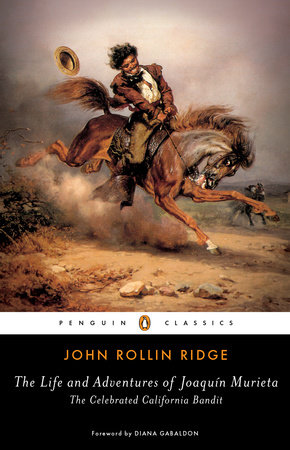An Artist’s Costumed Alter Egos Cross Racial LinesPosted in Articles, Arts, Literary/Artistic Criticism, Media Archive, United States on 2018-08-10 02:41Z by Steven |
An Artist’s Costumed Alter Egos Cross Racial Lines
The New Yorker
2018-07-17
 “Synchronized,” 2018.Photographs by Genevieve Gaignard / Courtesy Shulamit Nazarian |
“Counterfeit Currency,” a show of self-portrait photography, installation, and collage by Genevieve Gaignard, at the FLAG Art Foundation, in Chelsea, opens with a large photo of the artist on a Florida beach at dusk. As in each of her pictures, Gaignard portrays a character of her own invention, here with long, blond hair and jet-black roots, outfitted in regional strip-mall kitsch. She is stretching a towel behind her, printed to resemble a huge hundred-dollar bill; concealing her torso is a trompe-l’oeil T-shirt showing a cartoon, bikini-clad body, whose peach-beige skin tone closely resembles that of her own.
Gaignard, a woman of mixed race (her father is black, her mother white), makes photographs that play with the outward signifiers and stereotypes of race, class, and femininity, combining and remixing them into sometimes exaggerated but steadily ambiguous costumes. From character to character, she undergoes significant but not quite Shermanian transformations, with no facial prosthetics and minimal makeup, and with each portrait hinging in part on Gaignard’s ability to cross legible boundaries…
Read the entire article here.







